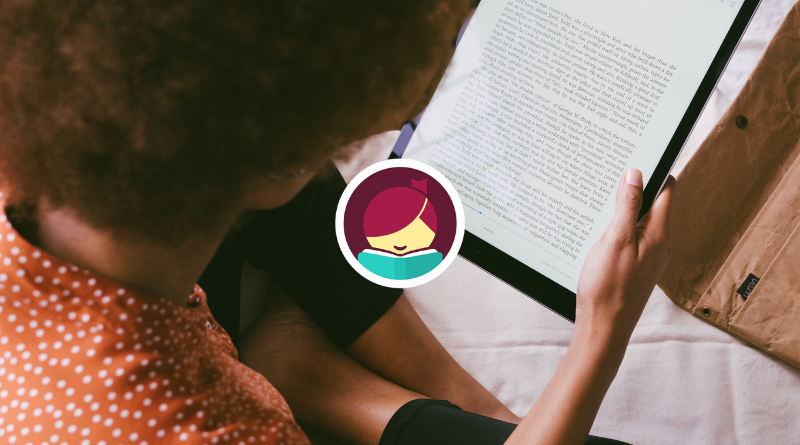
Something About Libby: Accessibility Features
OverDrive has been making big changes in their move to the Libby app, and Accessibility has been a big focus of that, as evidenced by these changes made in January.
One of the big changes Libby has made to improve accessibility is the introduction of full-screen menus. Rather than opening from the side, in-app menus now take up the full screen, allowing users to scroll through options in a way that makes them easy to navigate and select. Libby has also added a more familiar menu icon (the three horizontal lines most of us are used to) to make navigating the app more intuitive. You can find these new buttons, including Search, your Shelf, My Libraries and Timeline, along the bottom of the screen. Just tap one of these icons to bring up the appropriate menu.

Improvements have also been made to screen reader/voice control. Libby is working on refining its labels and descriptions on interactive elements to make the app easier to understand and more user-friendly for users of these assistive technologies. The team is also working on improvements to make the app easier to navigate with a keyboard and other assistive devices that do not use a mouse or touch controls.
In addition to these general changes to the app, the development team has introduced new options to Libby’s Accessibility menu. You can find this menu under Settings on the Menu page (by clicking on the new menu icon we just talked about.) In this menu, you’ll find the following options:

Reduce Color Variation
Turning on this feature will change the layout and text to use more neutral colors to improve contrast.
Reduce Text Variation
This will remove changes to text like italics to simplify text styles.
Reduce Motion
This option reduces most of the transitional animations in the app, and will be applied automatically to match the user’s browser or operating system preferences.
Reduce Haptics
Haptics are tactile or vibrational effects supported on certain devices. Most operating systems can turn off this feature, but you can also change this setting in the new Accessibility Features menu.
Orientation Locking
Libby’s Smart Orientation feature will switch between landscape and portrait orientation depending on publisher recommendation or text format. However, you can turn this feature off as needed by selecting System Orientation in the Accessibility Features menu.
For more information about accessibility in the Libby app, including step-by-step instructions on many of the new features, visit the Libby Help page on Accessibility.
Be sure to check out our other Something About Libby blog posts for search tips and more.




